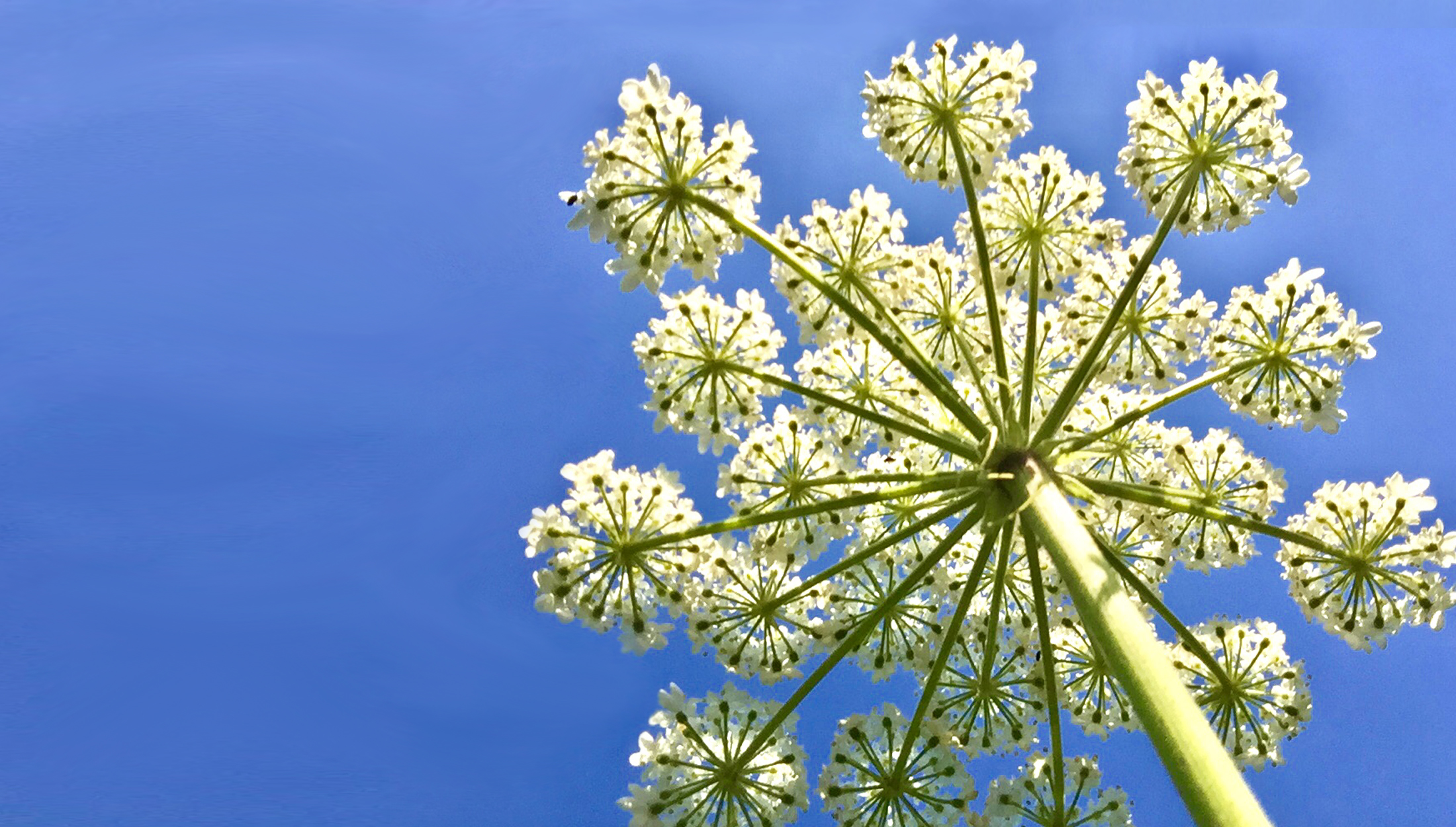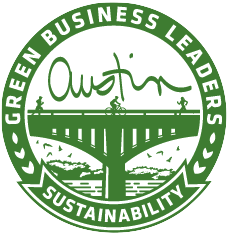Sol Series is an effort to share stories from our inspiring community. To celebrate those individuals who are shining, innovating, and building a better world.
When doing a garden project – or really any project – with students, Thora Gray believes “the repetition is really important. When you’re not outside doing it and touching it, conceptually it’s harder to grasp.”
At Austin Discovery School, Gray teaches a course called EcoWellness to K-4 once weekly. But what she’s actually teaching her students pulses further than the school grounds: to look at the world around them – and their roles within it – with proud, active and discerning eyes.
Five of her students, ages ten and eleven, gather in their school’s ‘reuse free store,’ a room stocked with recyclable materials salvaged for future projects. The shelves are packed with glass bottles, cans, paper and baskets filled with odds and ends. On the floor across from the shelves is a metal feed trough, where recently hatched chicks scurry and peep under a red heat lamp. It is a room full of potential.
“And it doesn’t matter how old you are. You can make a choice.”
Gray directs the students in a quick review about eggs. They pull old cartons from the shelves and refer to their definitions lists to recall what words like ‘cage-free,’ or ‘free-range,’ or ‘organic’ really mean about the chickens’ welfare, how these words contribute to a production value chain, and how personally to be critical consumers. And then they head out into the school gardens, with Gray recalling its story on the way.
how these words contribute to a production value chain, and how personally to be critical consumers. And then they head out into the school gardens, with Gray recalling its story on the way.
“So [the students] prepped the soil, they planted the seed, they weeded, they watered, they waited, they harvested, we did it all over again. And while we waited, [we built] benches,” Gray said, gesturing at the colorful hand-painted benches bordering the garden. “And then we chopped up all of our veggies and then we all sat down and had a meal together. So it’s really neat [for the students] to see that full cycle from the farm to the table.”

The five kids weave through the gardens on newsprint and burlap sack pathways, crouch down, pawing lightly among the beds, and with big smiles hold up their treasures.
“There’s a little bit of carrots and some snap peas,” said one boy, pointing. “And I think that’s chard.”
“Try the carrots, they’re SO delicious,” said his classmate as she held up a finger-sized carrot. “And yeah, that’s chard. It’s beautiful. It’s so rainbowy-ish.”
They start snacking and sharing, explaining the recipes they’re learning to incorporate these vegetables into and discussing what they know from Gray’s class. “This week I’m doing a burger, and I use this lettuce for the burger,” said another student. He reached down into the bed to twitch the growing leaf. “Next week I’m gonna learn how to make a really awesome pot roast that my dad makes.”
The kids weave through the gardens and with big smiles hold up their treasures.
“We don’t put any stuffity-stuff on them. Pesticides,” clarified the girl still chewing the carrot. “So basically pesticide is this toxic spray that farmers put on their plants, and it makes all the bugs go away, but including the good bugs, like bees and ladybugs…and it’s even toxic to us. Like at the grocery store we’ll get some food and it’ll say ‘made in gardens that no bugs are,’ meaning there’s a price to pay.”
 Other projects include a pollination garden where bees sit lazily on giant saffron-colored marigolds; a steaming compost pile, neatly chicken-wired, that the students eagerly climb up on to turn with shovels; and a mini market to sell vegetables from the garden to the community, aiming to raise funds for a future goat project. Currently Gray is working with her students to complete an EcoRise Eco-Audit Grant application to expand their food garden and reduce waste by adding more compost and recycling bins to the school grounds.
Other projects include a pollination garden where bees sit lazily on giant saffron-colored marigolds; a steaming compost pile, neatly chicken-wired, that the students eagerly climb up on to turn with shovels; and a mini market to sell vegetables from the garden to the community, aiming to raise funds for a future goat project. Currently Gray is working with her students to complete an EcoRise Eco-Audit Grant application to expand their food garden and reduce waste by adding more compost and recycling bins to the school grounds.
Gray, who is good friends with many of her students’ parents, loves being able to turn these practical projects into lessons about choice and action. “That is something that’s profound, you know?” she said. “Kids who don’t touch vegetables normally are so into it! And I got so many emails from parents saying, ‘Thank you so much! My son came home and said, “We have to make bok choy!”’ It’s just the coolest thing in the world.”
“Nature becomes the teacher”
 Likewise, Gray’s students clearly know they have a gem for a teacher; they squeeze into a group-hug belt around her waist before dashing off to their next class, leaving her standing in contemplation of the garden.
Likewise, Gray’s students clearly know they have a gem for a teacher; they squeeze into a group-hug belt around her waist before dashing off to their next class, leaving her standing in contemplation of the garden.
When asked about the challenge of aligning her students’ work with the real world, she refers back to the chicken welfare lesson. “They ask, ‘what can we do about it?’ And I ask them, can you vote? They all say, no we can’t vote…that’s like what, eight, nine, ten years away?” “But you vote with your money,” she goes on. “So every time you go somewhere, your money is your voice. And it doesn’t matter how old you are. You can make a choice. And so hopefully they’re taking that out there. And then I challenge them again: you now need to go and talk to somebody who doesn’t know about it. Have those conversations.”
Gray shared that from a young age she spent her free time outdoors climbing trees and catching frogs and snakes, laying the foundation for a lasting relationship with the natural environment. It’s that connection that inspires her to teach. “When students become passionate about what we are talking about and doing, Nature becomes the teacher; it is an intrinsic approach. Knowledge of humanity’s ecological footprint becomes more transferable as that deep relationship forms within each student.”





